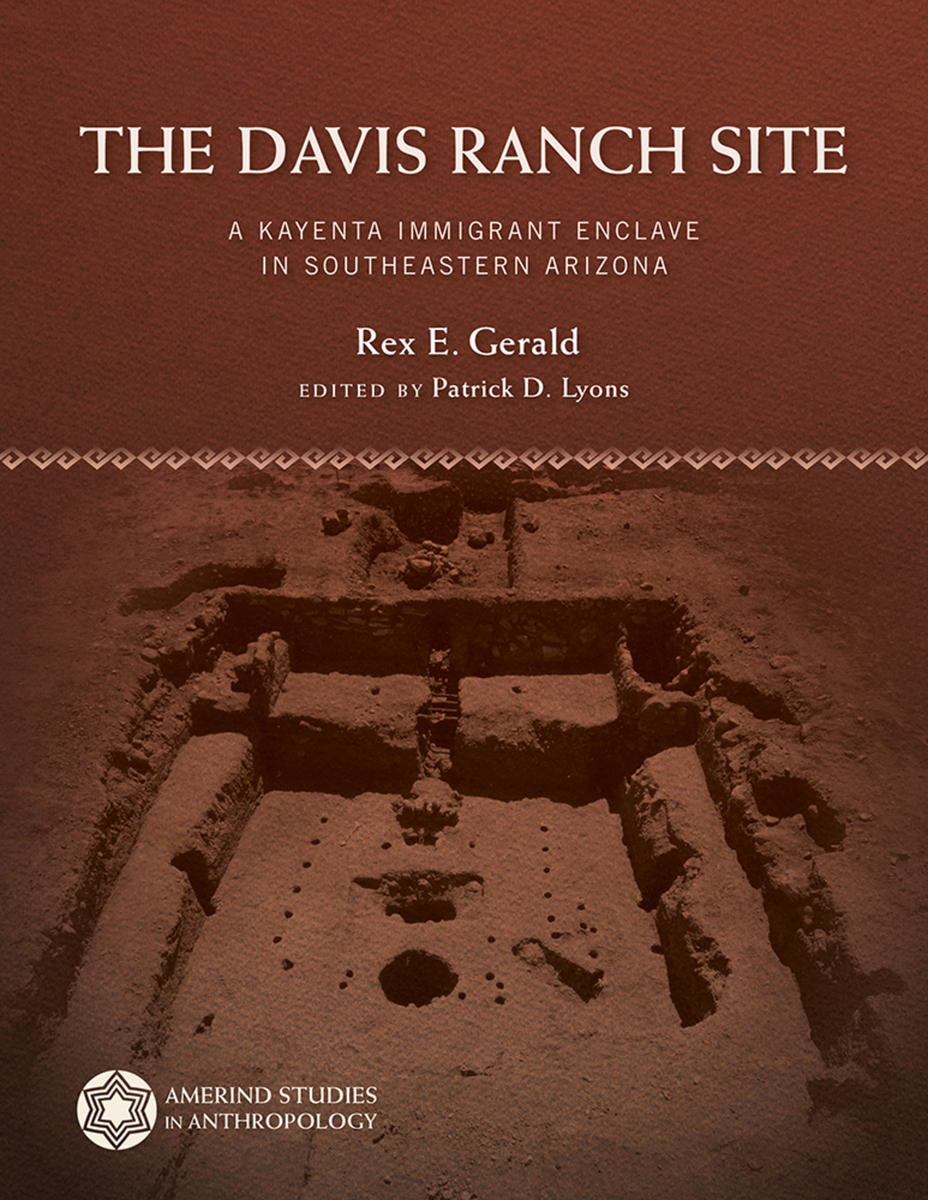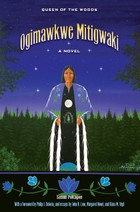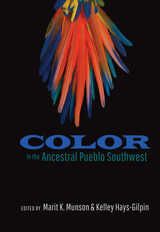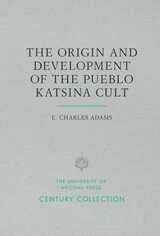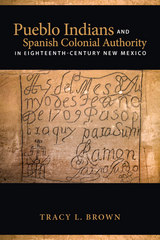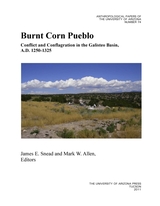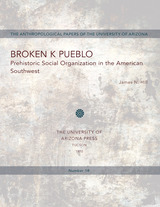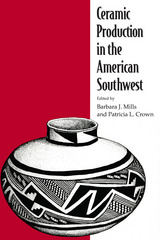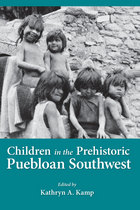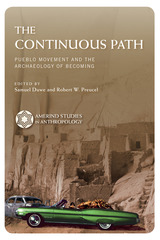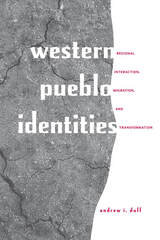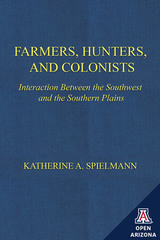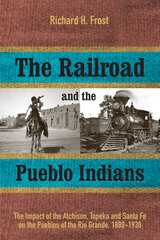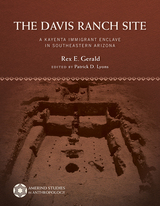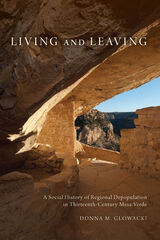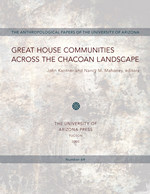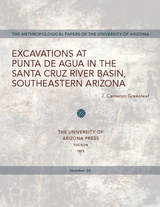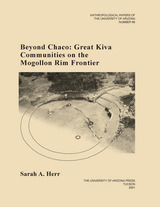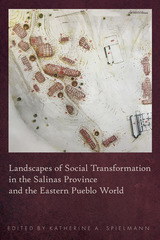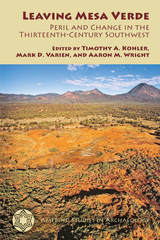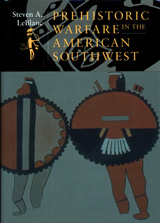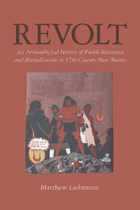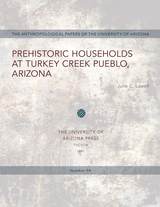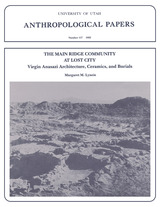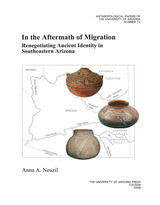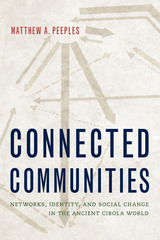The Davis Ranch Site: A Kayenta Immigrant Enclave in Southeastern Arizona
University of Arizona Press, 2019
Cloth: 978-0-8165-3854-6 | eISBN: 978-0-8165-3993-2 (standard)
Library of Congress Classification E99.P9G47 2019
Dewey Decimal Classification 972.17
Cloth: 978-0-8165-3854-6 | eISBN: 978-0-8165-3993-2 (standard)
Library of Congress Classification E99.P9G47 2019
Dewey Decimal Classification 972.17
ABOUT THIS BOOK | AUTHOR BIOGRAPHY | REVIEWS | TOC
ABOUT THIS BOOK
In this new volume, the results of Rex E. Gerald’s 1957 excavations at the Davis Ranch Site in southeastern Arizona’s San Pedro River Valley are reported in their entirety for the first time.
Annotations to Gerald’s original manuscript in the archives of the Amerind Museum and newly written material place Gerald’s work in the context of what is currently known regarding the late thirteenth-century Kayenta diaspora and the relationship between Kayenta immigrants and the Salado phenomenon. Data presented by Gerald and other contributors identify the site as having been inhabited by people from the Kayenta region of northeastern Arizona and southeastern Utah.
The results of Gerald’s excavations and Archaeology Southwest’s San Pedro Preservation Project (1990–2001) indicate that the people of the Davis Ranch Site were part of a network of dispersed immigrant enclaves responsible for the origin and spread of Roosevelt Red Ware pottery, the key material marker of the Salado phenomenon.
A companion volume to Charles Di Peso’s 1958 publication on the nearby Reeve Ruin, archaeologists working in the U.S. Southwest and other researchers interested in ancient population movements and their consequences will consider this work an essential case study.
Annotations to Gerald’s original manuscript in the archives of the Amerind Museum and newly written material place Gerald’s work in the context of what is currently known regarding the late thirteenth-century Kayenta diaspora and the relationship between Kayenta immigrants and the Salado phenomenon. Data presented by Gerald and other contributors identify the site as having been inhabited by people from the Kayenta region of northeastern Arizona and southeastern Utah.
The results of Gerald’s excavations and Archaeology Southwest’s San Pedro Preservation Project (1990–2001) indicate that the people of the Davis Ranch Site were part of a network of dispersed immigrant enclaves responsible for the origin and spread of Roosevelt Red Ware pottery, the key material marker of the Salado phenomenon.
A companion volume to Charles Di Peso’s 1958 publication on the nearby Reeve Ruin, archaeologists working in the U.S. Southwest and other researchers interested in ancient population movements and their consequences will consider this work an essential case study.
See other books on: Antiquities | Lyons, Patrick D. | Pueblo Indians | San Pedro River Valley (Mexico and Ariz.) | Southeastern Arizona
See other titles from University of Arizona Press
